A former office complex in the Italian countryside is the venue for Phoebe Unwin’s latest work, a series of paintings entitled Field, which is also the title of the current show. The sprawling space in Reggio Emilia, a low-slung rationalist-style building that was once the head office for Max Mara, is home to Collezione Maramotti – the private art collection of the fashion brand’s founder, Achille Maramotti. For her first solo show in Italy, Unwin has produced a range of new work that builds on and refines her soft-focus blend of abstraction and figurative painting. The exhibition spans six large-scale paintings and four smaller pieces, as well as a series of charcoal preparatory sketches shown in a separate room.
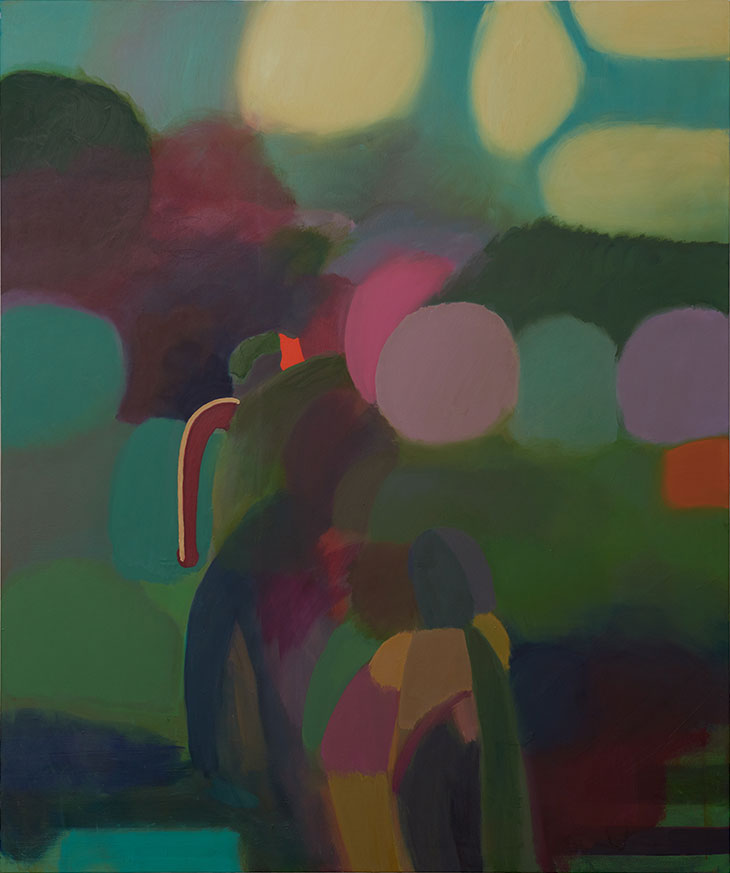
Approach (2017), Phoebe Unwin. Courtesy Amanda Wilkinson Gallery, London; © the artist
The exhibition was conceived as a response to a single painting, Approach, which Unwin completed in 2017. ‘All of the other work is about mining what was in that,’ says Unwin, ‘in terms of looking at and developing a pictorial space, as well as building out the colours.’ The colourful fields of Approach are composed of blurry-edged pools of greens, purples and ochres. Two barely perceptible bodies bunch together in the centre-bottom of the frame, in what Unwin describes as ‘the fleeting moment between two figures as they approach each other, but before they speak’. But Unwin, who creates her images from remembered observations rather than photographs, is quick to divest any hint of narrative from the exercise. ‘It’s not about any kind of personal storytelling,’ she makes clear, ‘I’m hoping to get to something which is more of the essence of that thing. The universal, timeless quality. In terms of my own experience, I’m using that as a kind of anchor point, but when I’m working it then becomes about the painting itself.’
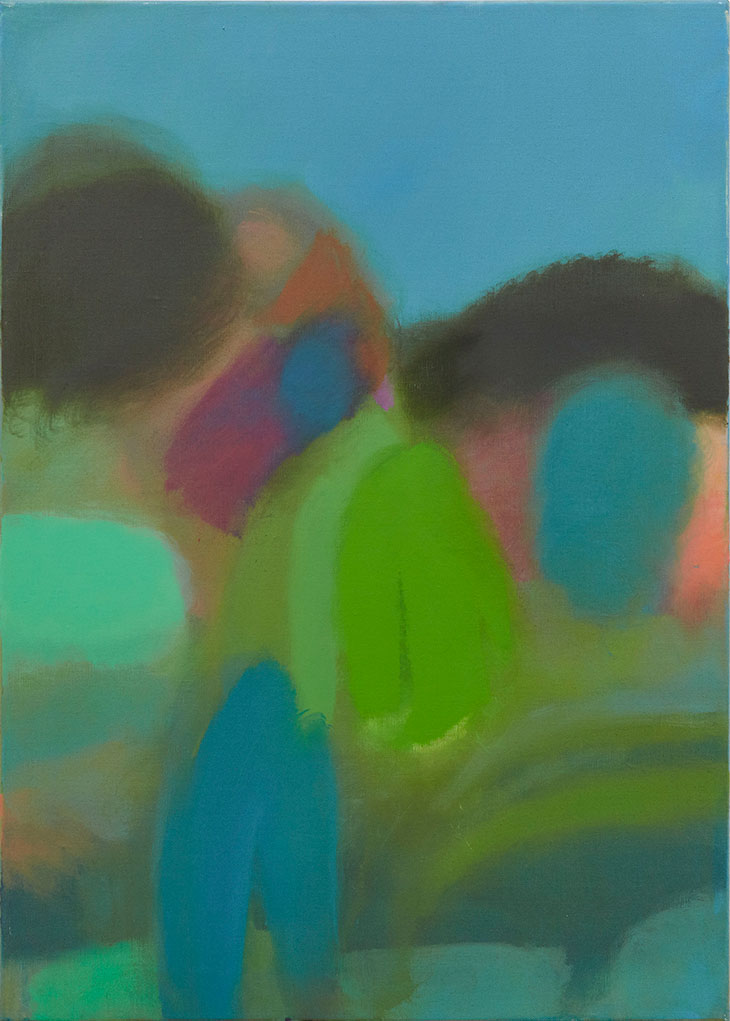
Diverted Pedestrian (2018), Phoebe Unwin. Courtesy Amanda Wilkinson Gallery, London; © the artist
Unwin worked on the remaining paintings shown in ‘Field’ concurrently. ‘They were built up together over quite a few months,’ she explains. This meant she could shape the palette and approach to form in a way that allowed them to work together as a system. ‘I would add an element to one,’ she says, motioning towards a violet arch running across the floating pink and yellow forms that make up Suntretch, ‘then leave it and go onto another’. The process resulted in a network of visual references echoed across the paintings. For example, the grouping and jostling of pale rose shades in Almost Transparent Pink mirrors the composition of deep green and blue forms in Diverted Pedestrian. The buttery yellow of Field likewise creeps across the surfaces of Ascent and Fen. The title piece neatly conveys Unwin’s intentions. ‘Here, I was really focused on this idea of building blocks of colour. It is very much about a response and a logic between those particular colour ranges.’
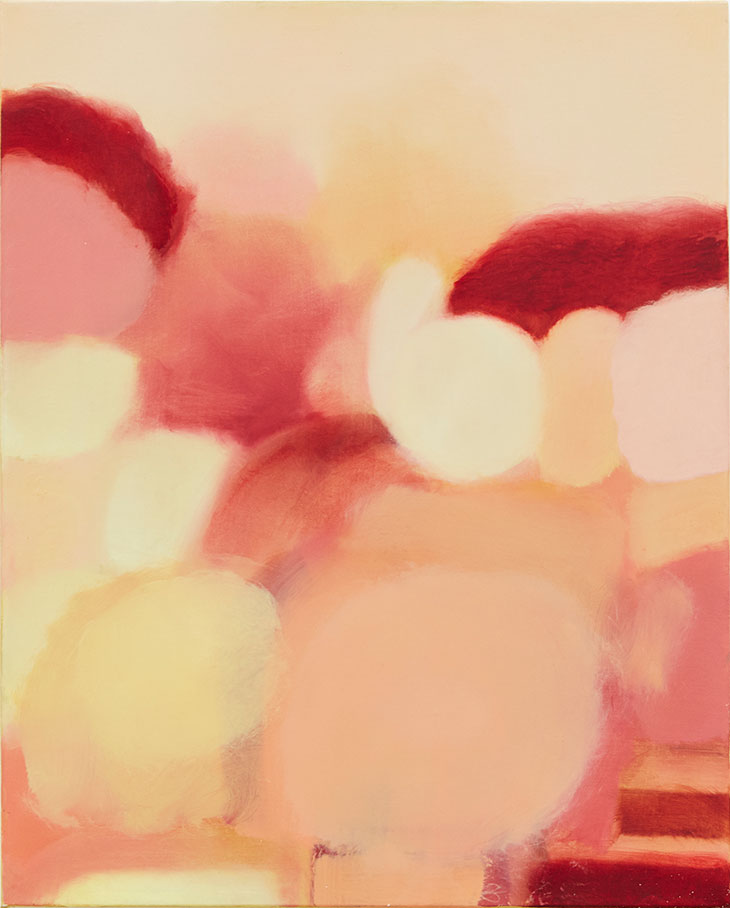
Almost Transparent Pink (2018), Phoebe Unwin. Courtesy Amanda Wilkinson Gallery, London; © the artist
‘Colour, in a way, became the subject,’ she continues. While the paintings in the exhibition are rendered entirely in oil, Unwin’s previous work more actively explored different media and textures – in past shows she created repetitive patterns in India ink and work with household paint and air brushing. ‘With those works, I was interested in materiality as well as colour,’ she asserts. ‘But with this exhibition I wanted to keep that element quite consistent, so I was free to pay attention to the colours and the shapes and the relationship across the paintings. Having elements which are consistent in that way, I think, allows for different kinds of conversation between them.’
‘Phoebe Unwin: Field’ is at the Collezione Maramotti, Reggio Emilia, until 10 March 2019.
Unlimited access from just $16 every 3 months
Subscribe to get unlimited and exclusive access to the top art stories, interviews and exhibition reviews.

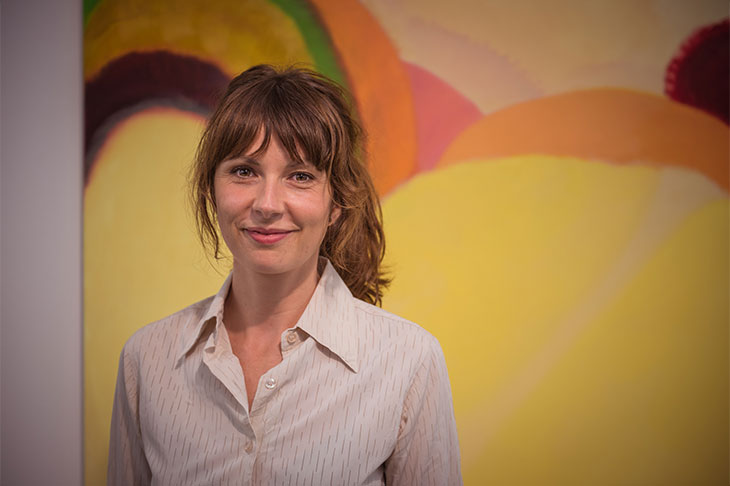
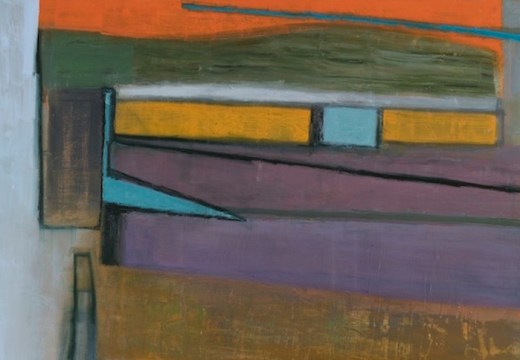
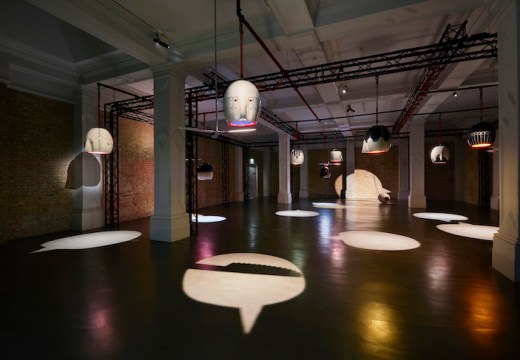
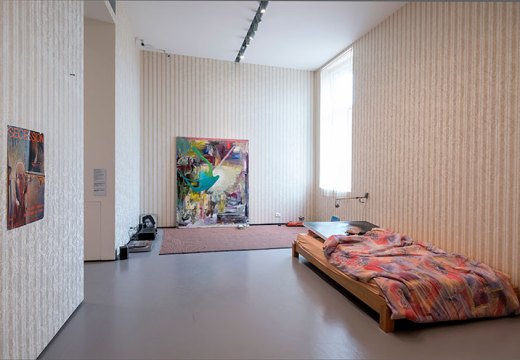









![Masterpiece [Re]discovery 2022. Photo: Ben Fisher Photography, courtesy of Masterpiece London](http://www.apollo-magazine.com/wp-content/uploads/2022/07/MPL2022_4263.jpg)
Has the Fitzwilliam lost the hang of things?